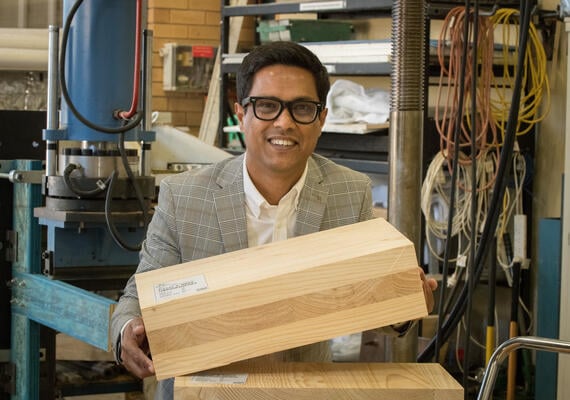
Mechanical characterisation of cross-laminated timber
This project investigated the strength limits of cross-laminated timber, which is mass engineered timber made up of layers laminated together in opposing directions to create an extremely strong product.


